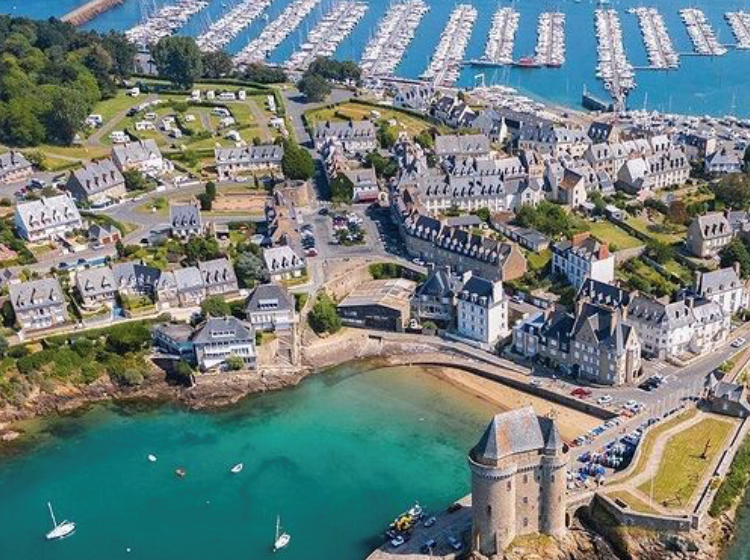Saint Malo is intra muros, its ramparts, its many beaches, its shops, its restaurants, its entertainment, its pier for the islands.
To discover St Malo is to follow in the footsteps of great men, geniuses or adventurers. The city of St Malo also offers many history museums telling the stories of Newfoundland, corsairs, the sea, travels...
Maclow: Breton sailor from Wales landed in the country in the 6th century and gave his name to St Malo. Thanks to its exceptional location and its port, St Malo became an attractive maritime city from the 12th century. Before 1520, the Malouins frequented the coast of Newfoundland reaching Brazil and it was by continuing this route to the North-West that Jacques Cartier discovered Canada in 1534.
You will thus discover the museum of Terre-Neuvas, the Jacques Cartier museum, the shell museum, the large St Malo aquarium and the inner city.
Also not to be missed: the observation of the "Malouinières": beautiful residences installed in the countryside characterizing the wealth of Saint-Malo shipowners.Their austere and symmetrical architecture, the carved woodwork, the French gardens are witnesses of the rich past of the Corsair City, the malouinières of Chipaudière and Puits Sauvage can also be visited.
St Malo is ranked 2nd among Breton ports for goods and 2nd for passengers. The city is also home to 2 marinas: Port des Sablons and Port Vauban.
The corsair city, jewel of the Emerald Coast, is of course a nautical town, the starting point for many sailing races including the famous Route du Rhum.
Rich in its past, St Malo is a modern city looking to the future. We are 25 minutes from Saint Malo.












